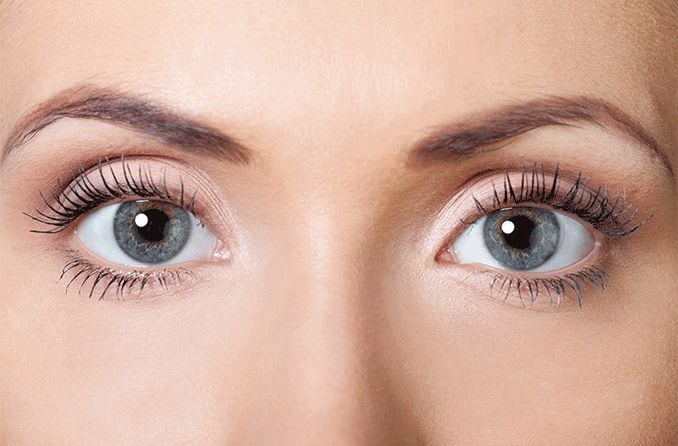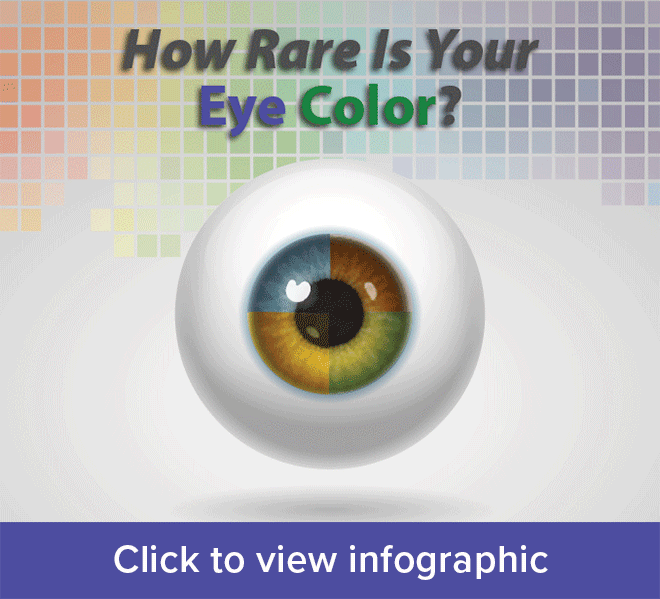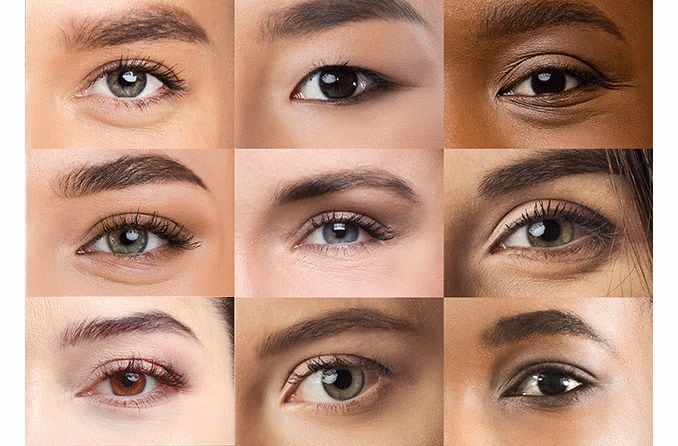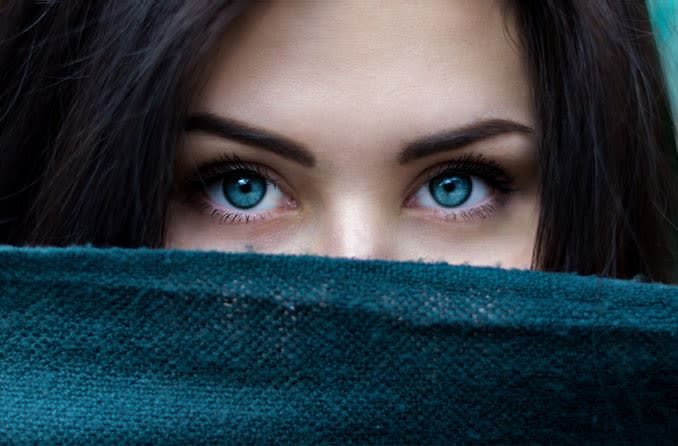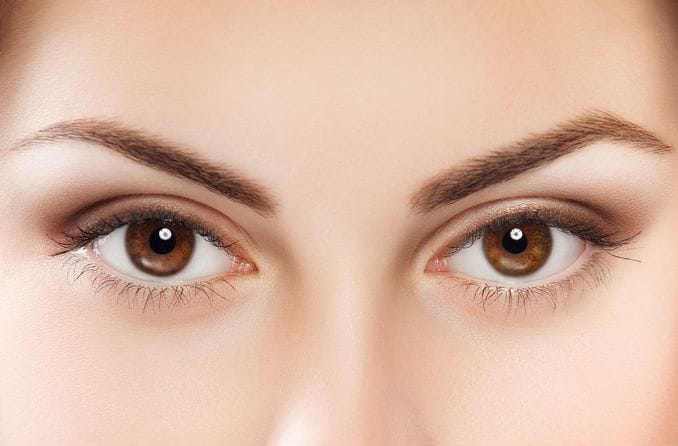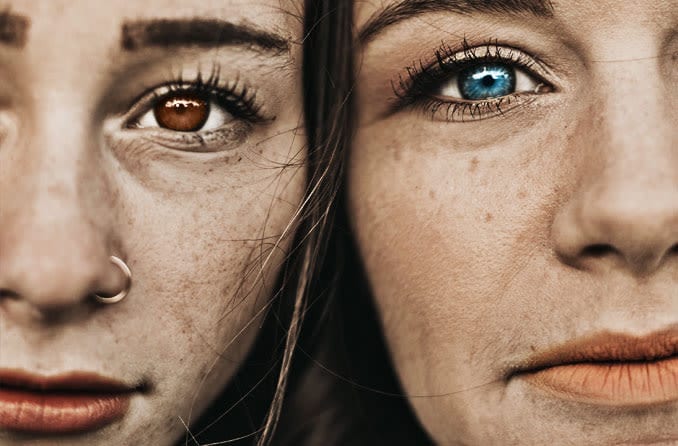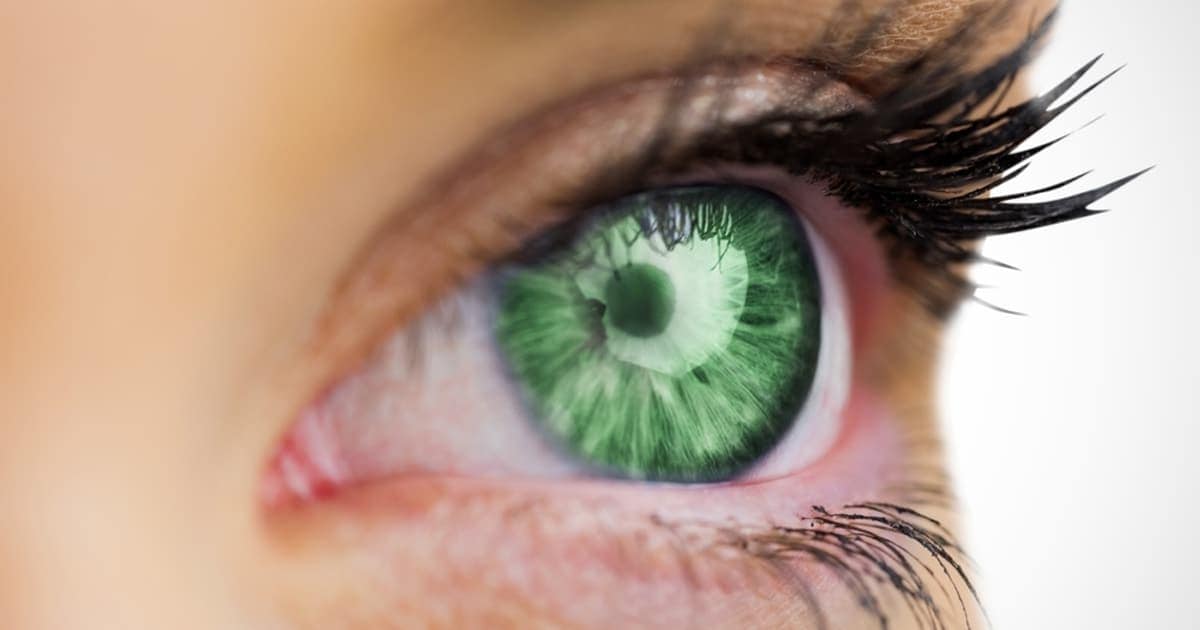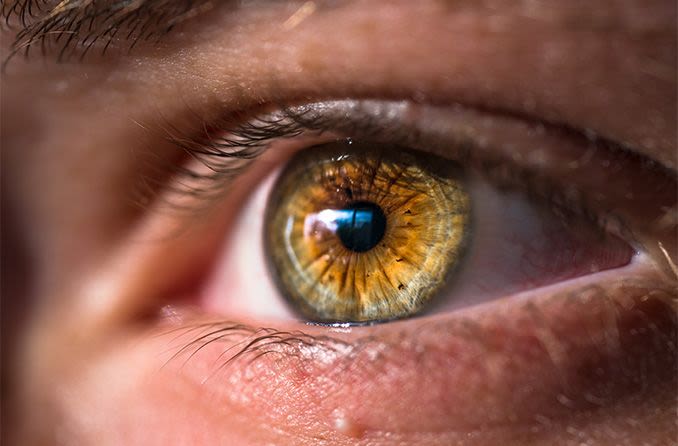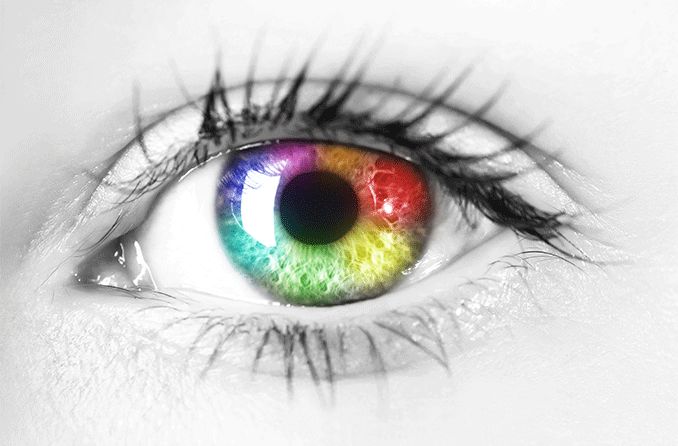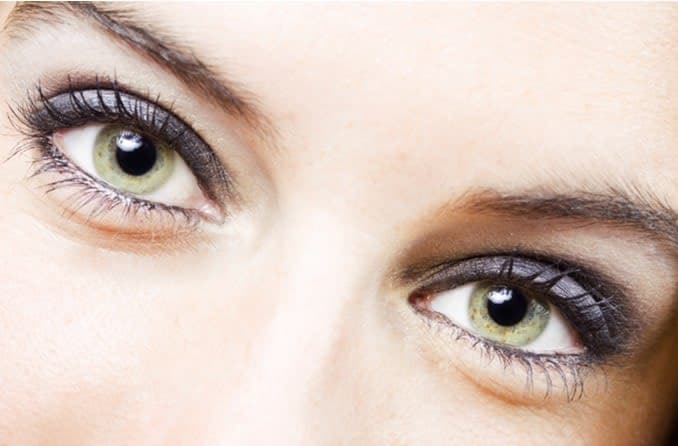How rare are gray eyes?
Human eyes come in many colors — brown, blue, green, hazel, amber, and even violet or gray eyes. Gray eye color is one of the loveliest and most uncommon, a trait shared by only 3% of the world’s population. The color and intensity of gray eyes varies from person to person and can include dark gray, gray-green and gray-blue.
Eye color actually refers to the color of the iris, a ring of tissue that surrounds the pupil. The pupil is an opening at the center of the iris that appears black, while the white part of your eye is called the sclera.
The color of the iris depends on the presence of a brown pigment called melanin, the same pigment that determines skin color and hair color. Eyes with a lot of melanin are darker, and eyes with less melanin are blue, green, hazel, amber or gray.
NOTE: You may see it referred to as a “grey eye” rather than a “gray eye,” but it’s the same eye color. “Gray” is simply the preferred spelling in American English, while “grey” is the British English spelling used primarily in the U.K.
SEE RELATED: What causes hazel eyes?
